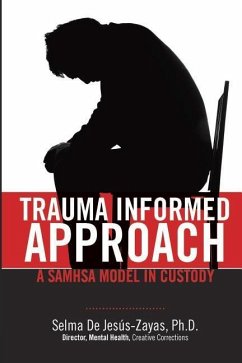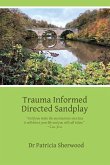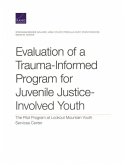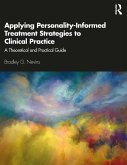It was not that long ago that women and children who reported sexual abuse were thought to be lying and their trauma related symptoms ignored (Jordan,2004; Trauma Informed Care in Behavioral Services, 2014). However, thanks to the Substance Abuse and Mental Health Services Administration ("SAMHSA"), a series of incisive research projects sponsored by them exposed how widespread and pernicious is this problem. Not only was victimization much more prevalent in society, males were just as likely as females and children to experience victimization. An additional finding was how institutions geared toward helping victims of trauma inadvertently implemented procedures or methodology that re-traumatized those they were serving. In response to these findings, SAMHSA developed a philosophy and treatment modality they recommend be implemented in all agencies to ensure early detection of trauma victims and prevention of re-traumatization. Correctional facilities are just as likely as any mental health and medical agencies to receive individuals who are experiencing trauma related symptoms. It is incumbent upon a correctional institution to be cognizant of trauma related symptoms and address them to avoid further re-traumatization. In addition, it would be a sound correctional practice as this intervention would enable staff to maintain an orderly and secure operation that otherwise might have been compromised due to the individual's trauma-related disruptive behavior. This book serves three purposes: 1) Teach the philosophy and concepts of a Trauma Informed Approach ("TIA") 2) Integrate the TIA approach to a correctional environment 3) Offer a training modality to those who will then train others. We hope you find this information to be useful and that you are able to successfully train staff as well as implement this philosophy at your institution.
Hinweis: Dieser Artikel kann nur an eine deutsche Lieferadresse ausgeliefert werden.
Hinweis: Dieser Artikel kann nur an eine deutsche Lieferadresse ausgeliefert werden.








